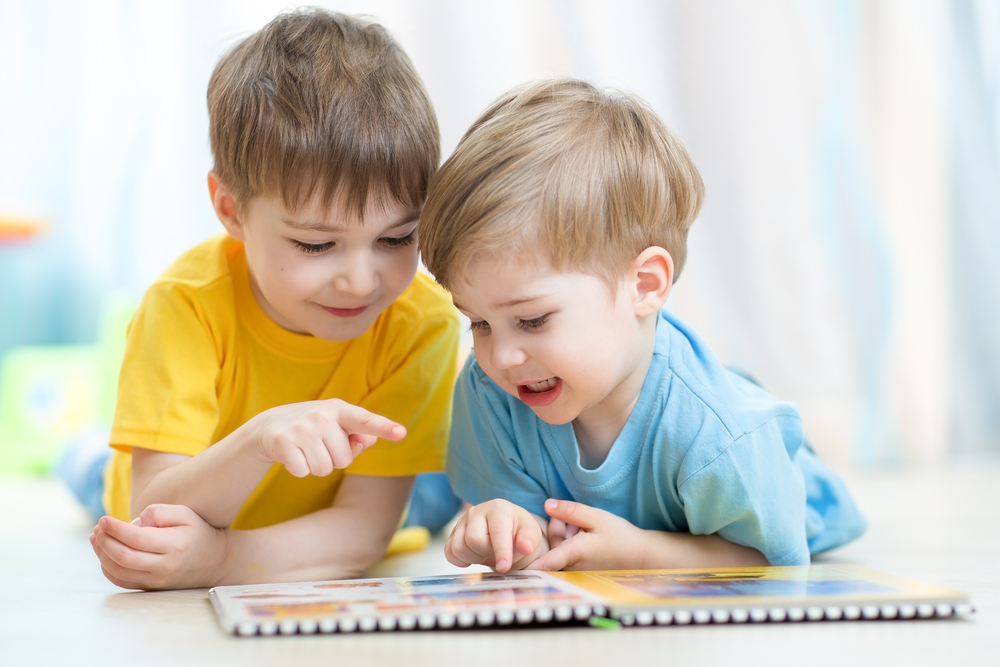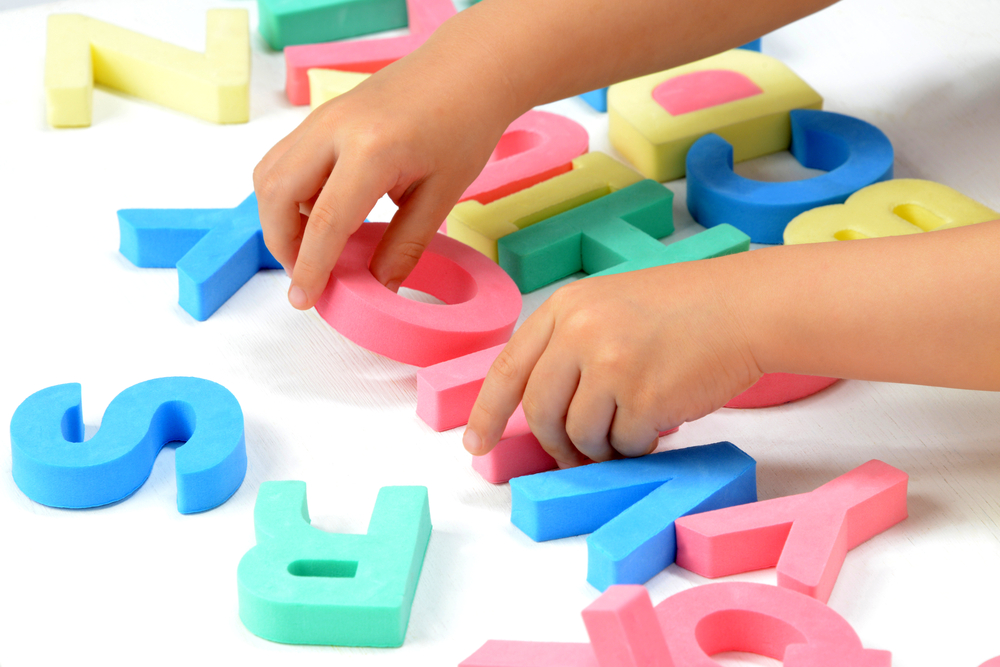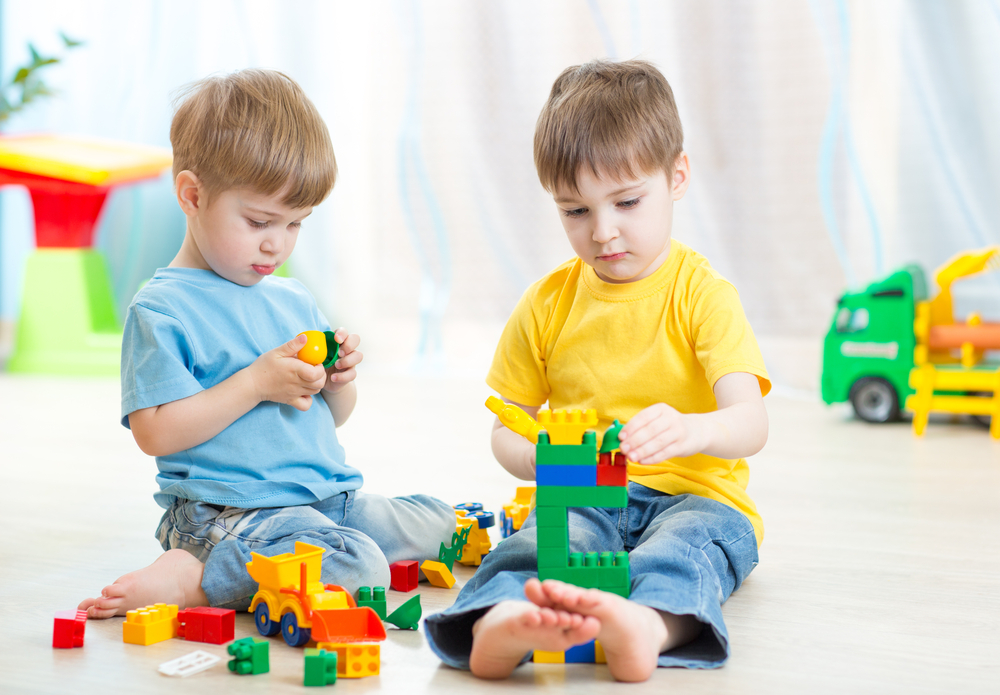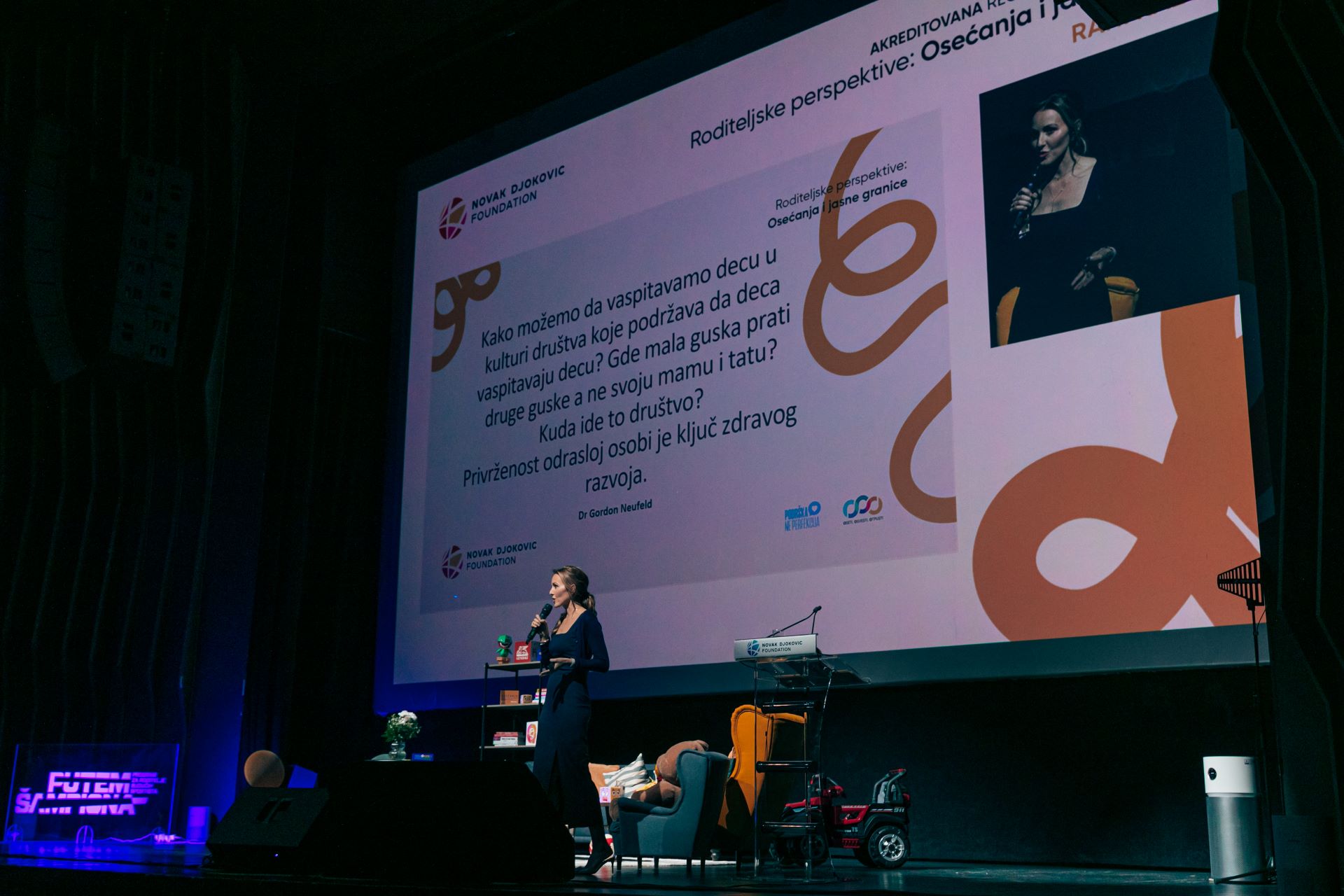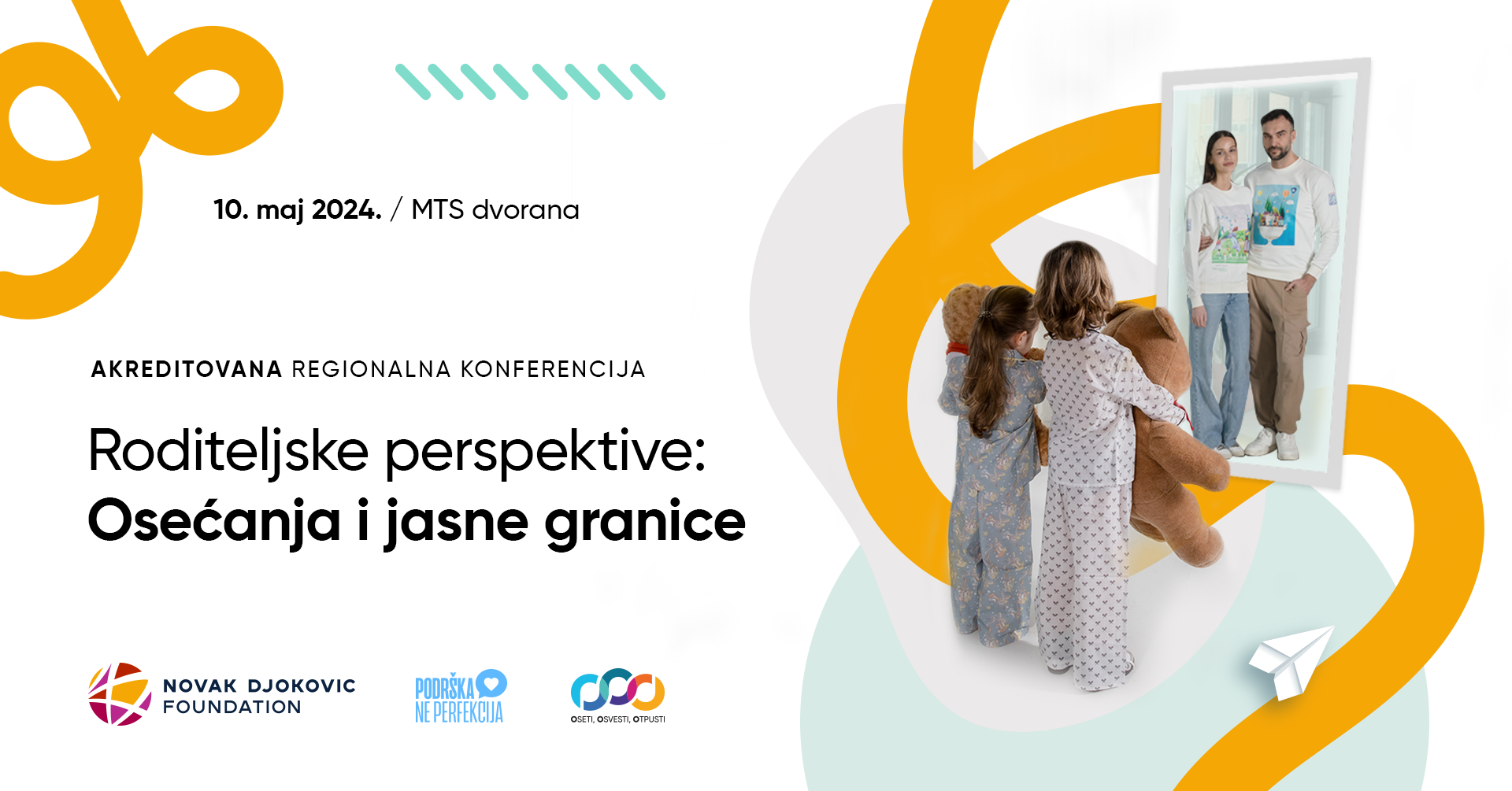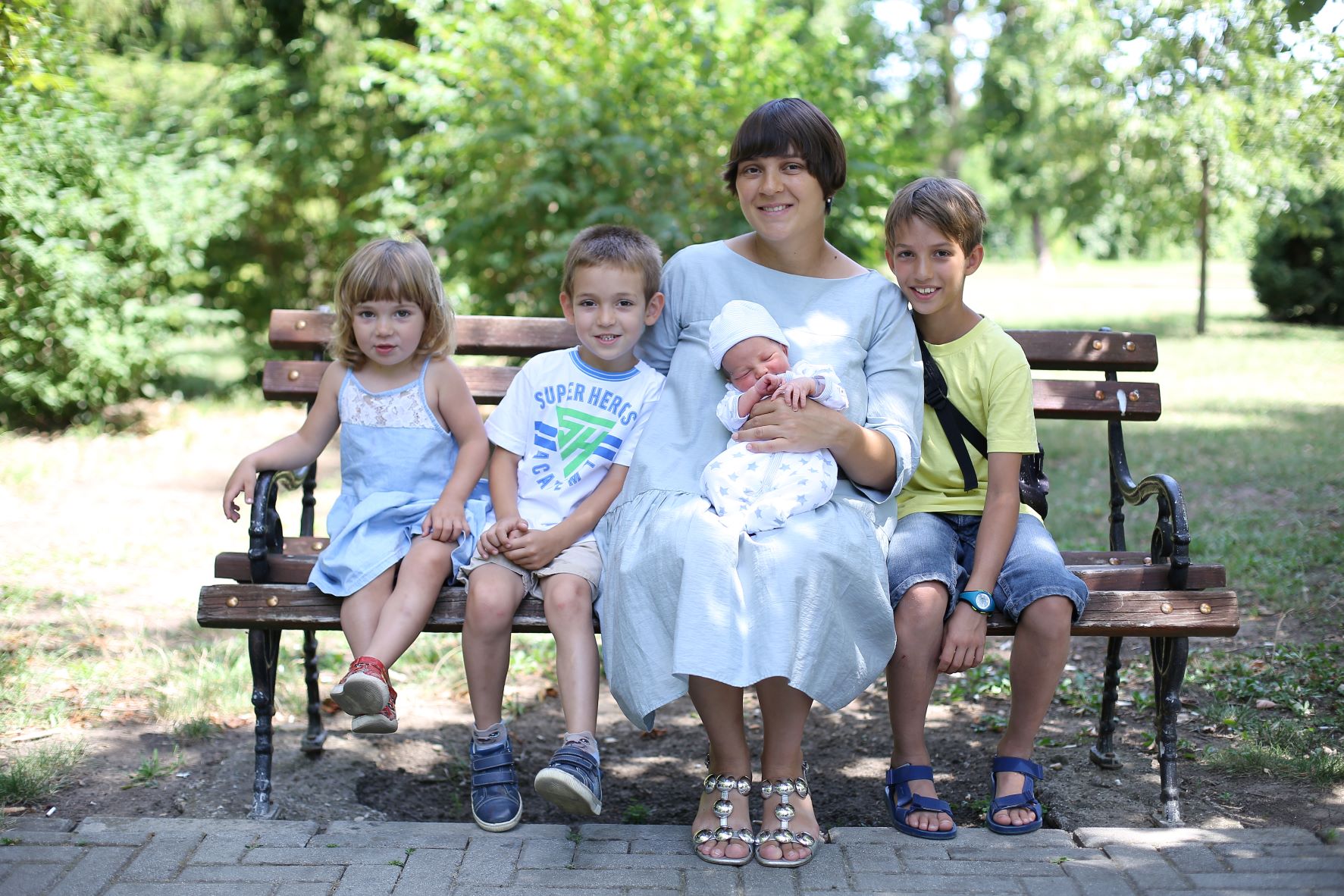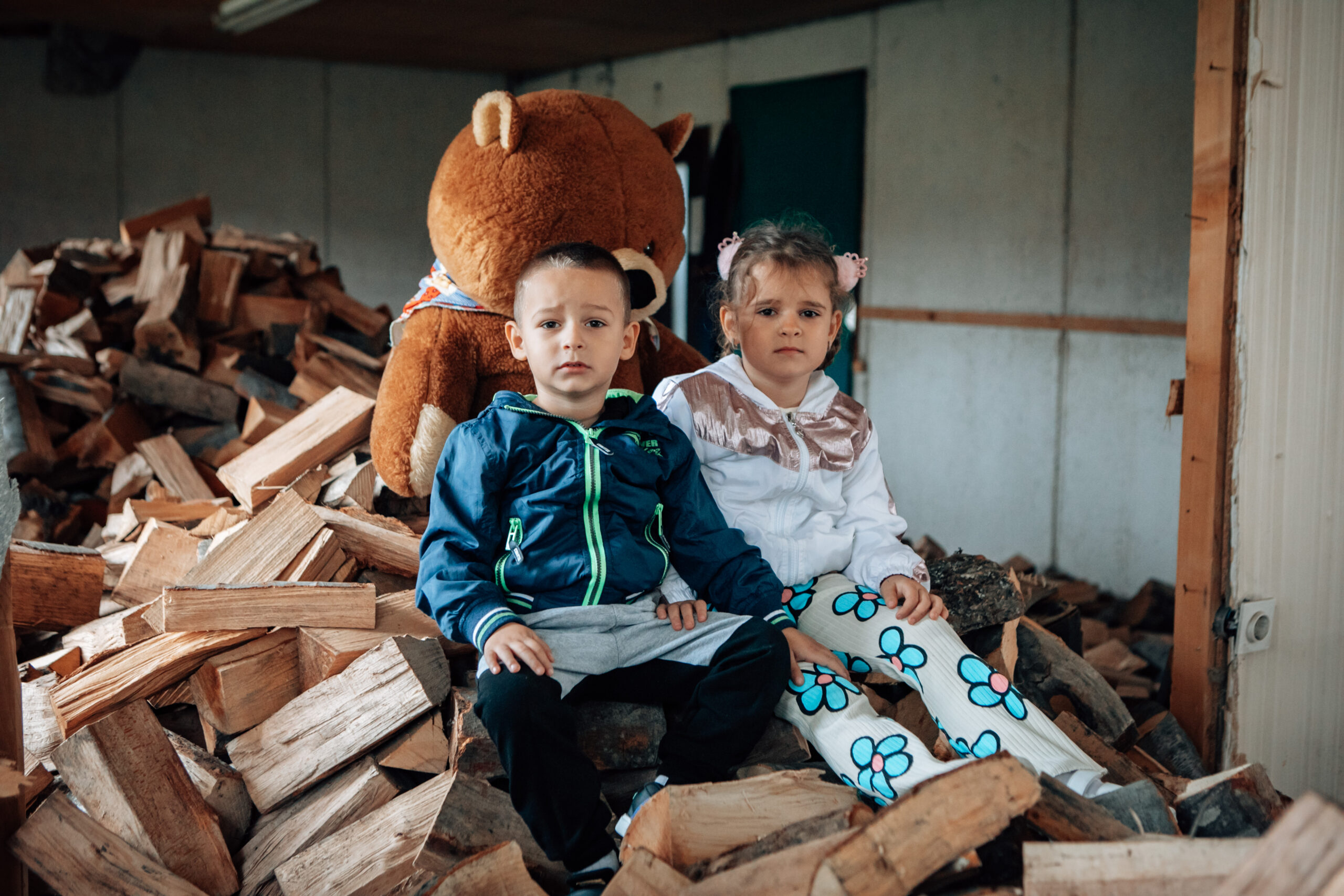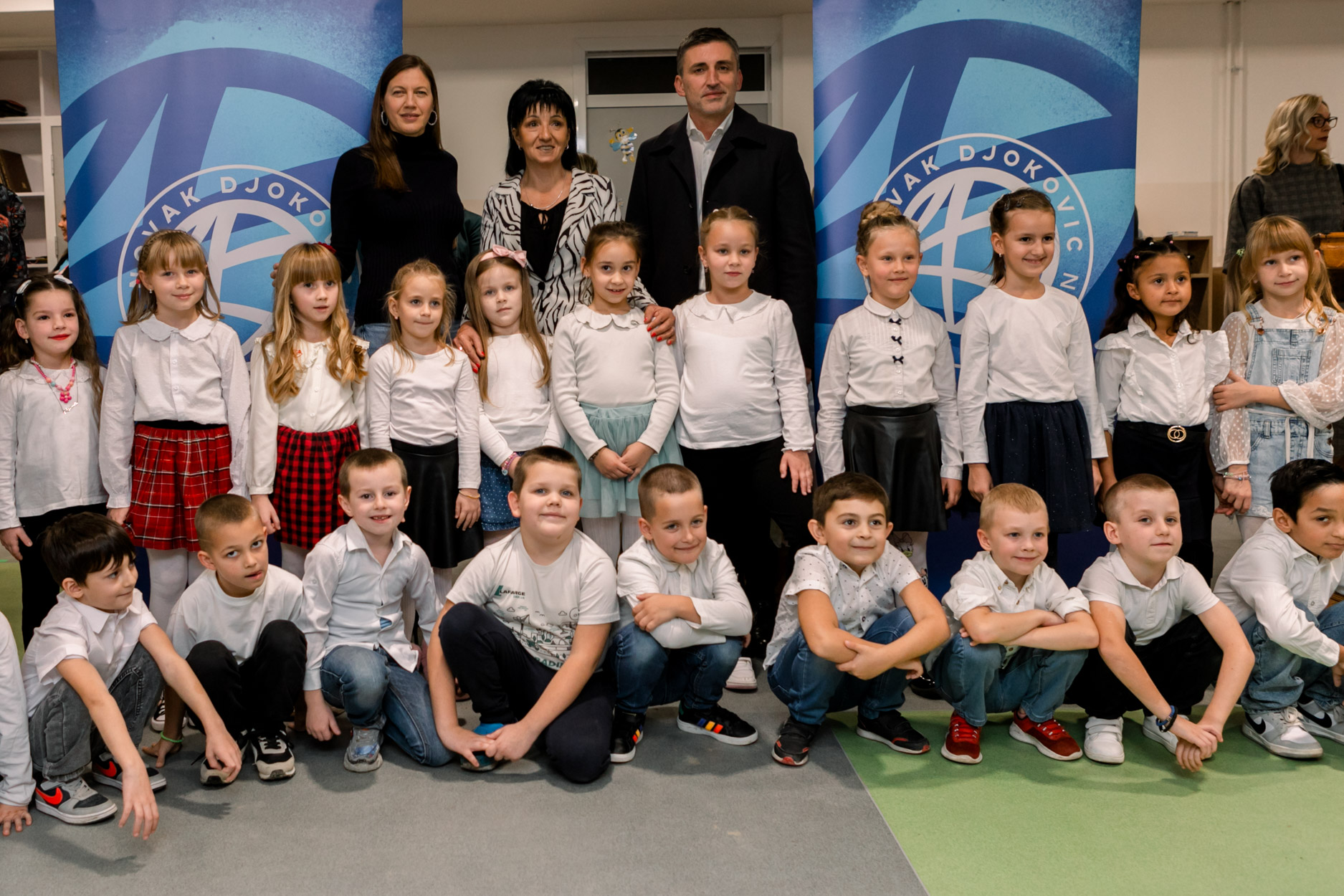The benefits of learning a second language are clear for early childhood education. Not only will bilingual students be able to perform executive functions better, and likely for a prolonged period of neurological health, but they will also be more adept in conversation and social skills.
If you are looking to give your child an academic boost, start with a second language. In spite of previous notions that learning a second language at an early age could actually be detrimental to a child’s cognitive abilities, recent psychology studies added to the growing body of evidence that being bilingual has a profound positive effect on the brain. Initial brain imaging studies of bilingual individuals demonstrated that both language systems in the brain are active, even though only one system is in use. At first, researchers interpreted this to be a handicap, but they were wrong.
Over the last fifteen years, neuroscientists, psychologists, and educators have amassed a wealth of information demonstrating numerous advantages of growing up bilingual. What researchers failed to realize when they first studied the bilingual brain was the seemingly distracted brain, with multiple activated regions, was actually a brain in training. Just as training regimens strengthen our muscles, repeatedly sorting out conflicts enhances the brain’s ability to process new material.
As a result, bilingual children are often out performing their monolingual counterparts in a number of cognitive skills. Comparatively, bilingual children often have more developed executive functions, that is, they are likely to excel at planning, problem solving and other mentally demanding tasks. But what gives bilingual children this edge above their monolingual classmates? While the mechanism underlying these results is not clear, researchers believe that bilingualism enhances a child’s attention to their surroundings and augments their experience in adapting to those changes.
If increased executive functions were not motivation enough to support bilingual childhood education, than consider the health benefits. Alzheimer’s disease is an increasing issue for the developed world. By 2025, it is projected that over 7.1 million Americans will suffer from Alzheimer’s disease. Neuropsychologist at the University of California, San Diego have revealed a potential solution to this impending public health crisis with bilingualism. Their evaluation of 44 elderly Spanish-English bilinguals established a link between the age of onset and language capabilities; with increased bilingualism came later ages of Alzheimer’s disease.
Social Skills of Bilingual Children
The benefits of bilingualism don’t stop at elevated cognitive function or protection from neurodegenerative diseases. It is not surprising that learning a new language boosts the number of people with whom you can converse, but the latest round of research confirms that bilingualism changes how you communicate with others. Psychologists at the University of Chicago took to documenting the social skills of bilingual and monolingual children. They found that the monitoring skills that were benefiting the executive functions of bilingual children could also be given them an advantage in the social realm.
Monitoring social situations often results in a better understanding of the context in which conversations take place, reveal details about interpersonal relations, and link places with conversation. Those contextual cues that bilingual children noticed but that monolingual children missed facilitated their conversations with adults ¾ after all, the majority of our communications are non-verbal. Moreover, understanding context and relationships took bilingual children one-step closer to advanced social skills.
A recent follow-up study, also completed by Katherine Kinzler of Cornell University and her colleagues at the University of Chicago, showed that bilingual infants understood the idea of perspective. In their test scenario, infants were presented with two bananas, one that was visible to an accompanying adult and one that was not. When adults asked the infants for a banana, bilingual children were more likely to reach for the banana that was visible to the adult. On the other hand, monolingual children were equally likely to reach for either, or both bananas at the same time.
The Benefits of Being in a Multilingual Environment
Being bilingual is not the only way to gain some of these benefits. Simply being in a multilingual environment is a step in the right direction. Children in a multilingual environment are still observing the contextual cues that are responsible for the improved social skills of bilingual infants. In that respect, association alone is sufficient to give infants an advantage in the social arena. Unfortunately, that is where the benefits end. When the executive functions of children who were a multilingual environment were compared to those in a monolingual environment, no discernible differences were found.
Overwhelmingly, the benefits of learning a second language are clear for early childhood education. Not only will bilingual students be able to perform executive functions better, and likely for a prolonged period of neurological health, but they will also be more adept in conversation and social skills. Bilingualism not only expands the ability to interact with the world, but it also promotes the ability to perceive the perspective of others and to act accordingly.
Yet, even 15 years after the initial research demonstrating the neurological benefits of bilingualism were published, many education systems still lack effective language programs. In the United States, for example, language education primarily takes place in high school. Even so, only ten states required foreign language study for high school graduation in 2010. Bilingual education, however, has existed in some regions for decades. For example, in the 1990’s Belgium, France, the Netherlands, Austria, and Finland expanded their previously established bilingual education programs to all students in general education. In an increasingly global and competitive market, it would be wise to follow this lead.
So perhaps the next time we think about what we can do for our children, we should really be asking €œQu’est-ce que nous pouvons faire pour nos enfants? € or €œlo que podemos hacer por nuestros hijos? € €¦

